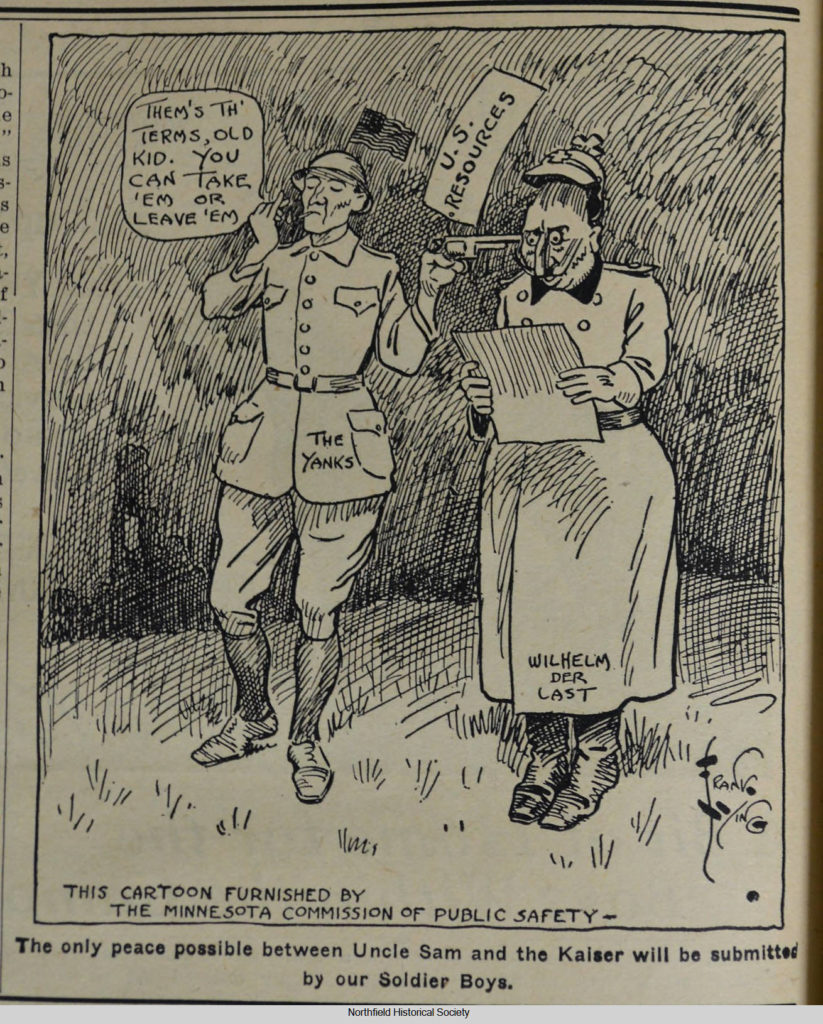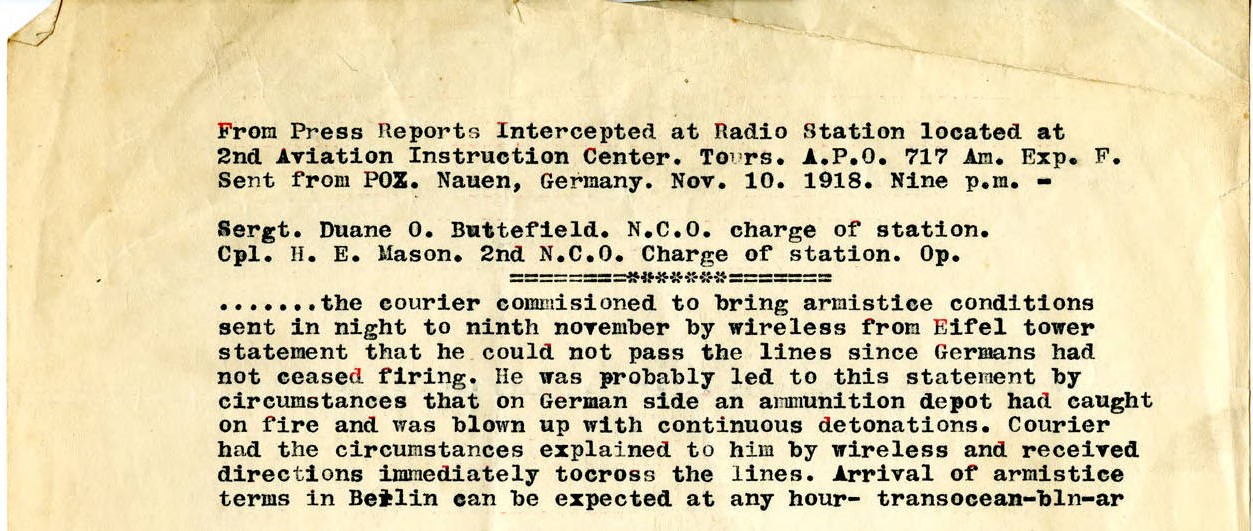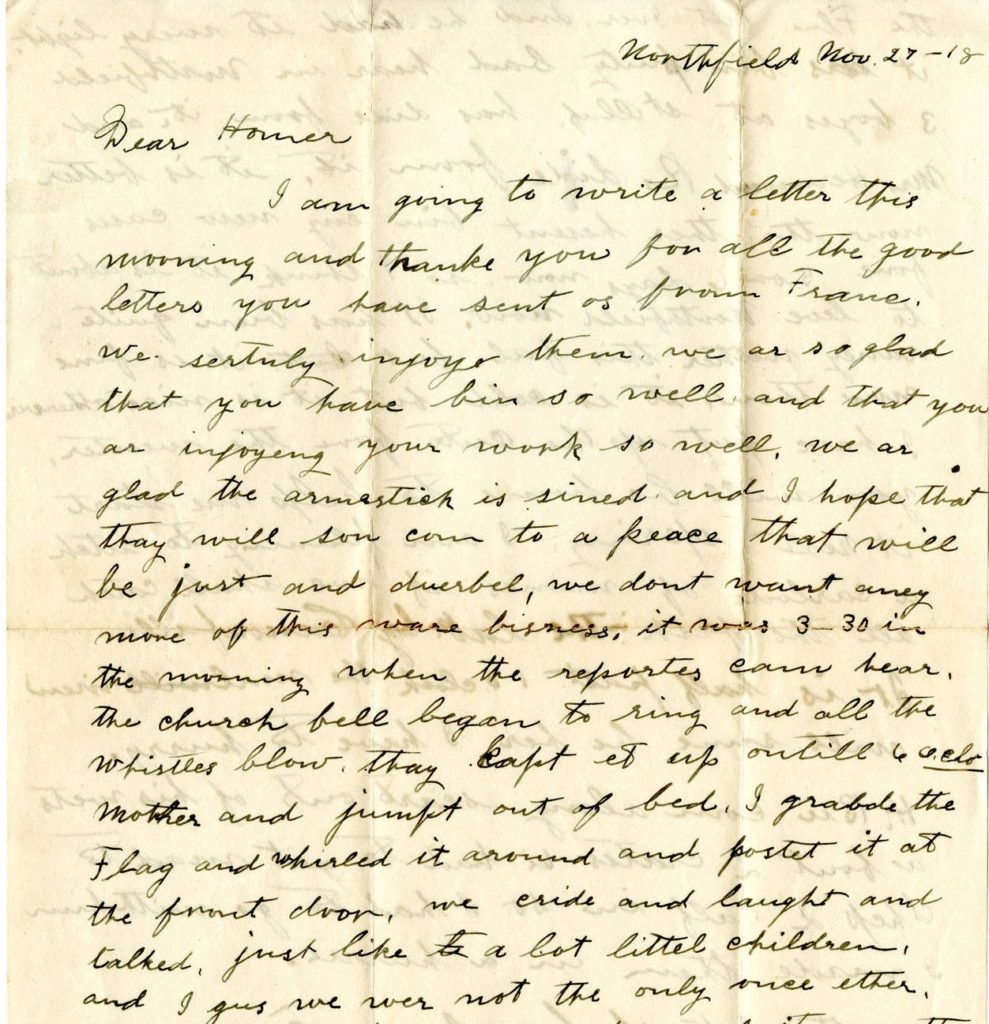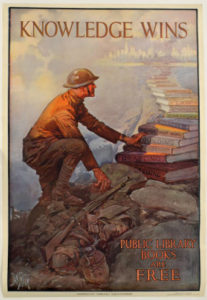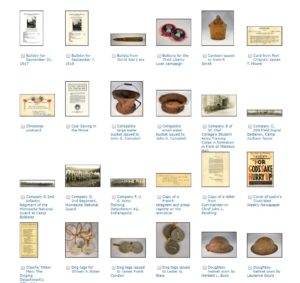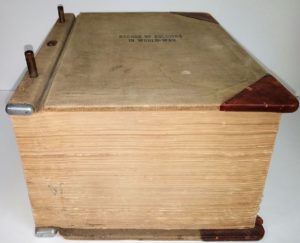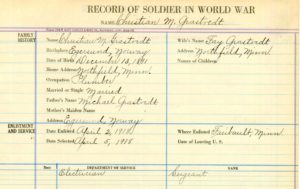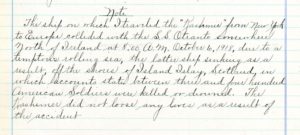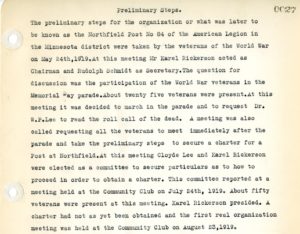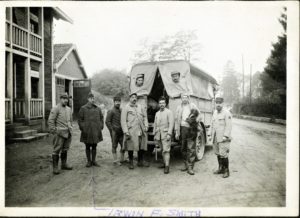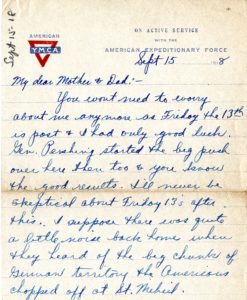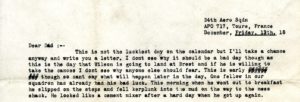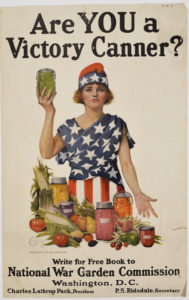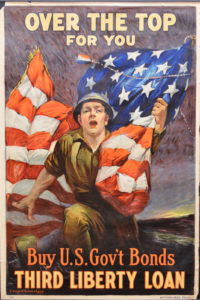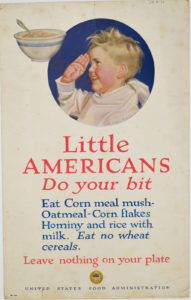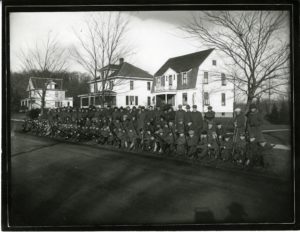We are pleased to announce that we recently released a set of educational guides to Northfield-area history called Primary Source Sets. Primary source sets are online collections of digitized historical materials—from photographs to diaries and more—arranged by topic. These sets all reflect the local Northfield experience of a larger historic event, theme, or era.
The sets explore these twelve topics:
- Settlement & Immigration
- The James-Younger Gang Bank Raid
- Malt-O-Meal in Northfield
- Agriculture & Farming
- Milling in Northfield
- Women in Northfield
- World War I Home Front
- 1918 Influenza Epidemic
- World War II in Northfield
- Northfield Architecture
- Religion in Northfield
- Entertainment in Northfield
Each set includes a topic overview, links to approximately 20 digitized items on the Northfield-Rice County Digital History Collection (DHC), discussion questions, related resources, and a guide to using primary sources for research. Several benchmarks of the Minnesota K-12 Academic Standards in both Social Studies and English Language Arts can be explored using these sets, as well.
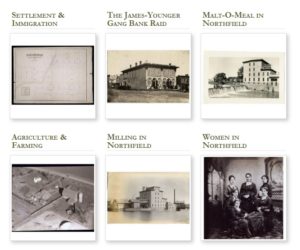
Some of the Primary Source Sets available on the DHC
Mark Heiman, Northfield history enthusiast and member of the DHC steering committee, observed, “This is an invaluable starting point for anyone interested in local history, whether you want a deep dive into a topic you’re already familiar with or an introduction to fascinating people and stories that may be new to you.”
The Project Coordinator for the DHC, Stephanie Hess, explained, “One of the primary goals of the DHC is to provide access to a wide variety of digitized materials about local history. We want to spread the word about these amazing resources and provide guidance so teachers, students, and the whole community can discover their stories.”

Northfield founder John W. North and his daughter, Emma, in 1855. Find this primary source along with others in the Settlement & Immigration Primary Source Set on the Northfield-Rice County Digital History Collection.
The DHC developed these sets with guidance from the Minnesota Digital Library and the Digital Public Library of America. These publications were made possible in part by the people of Minnesota through a grant funded by an appropriation to the Minnesota Historical Society from the Minnesota Arts and Cultural Heritage Fund. The sets are open to all researchers: please follow the link to the Primary Source Set landing page.
For more guidance, check out our Primary Source Set Users Guide.

